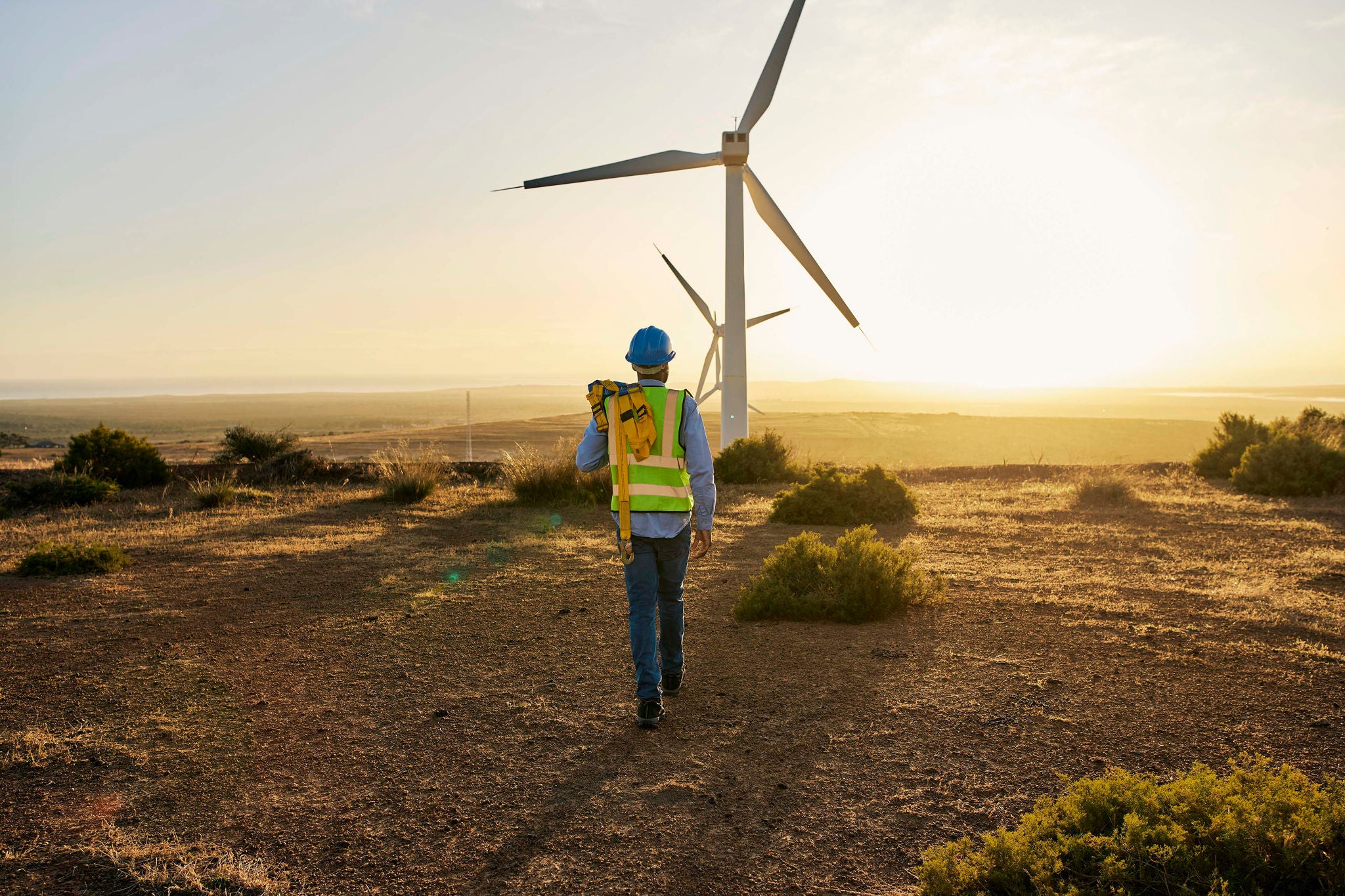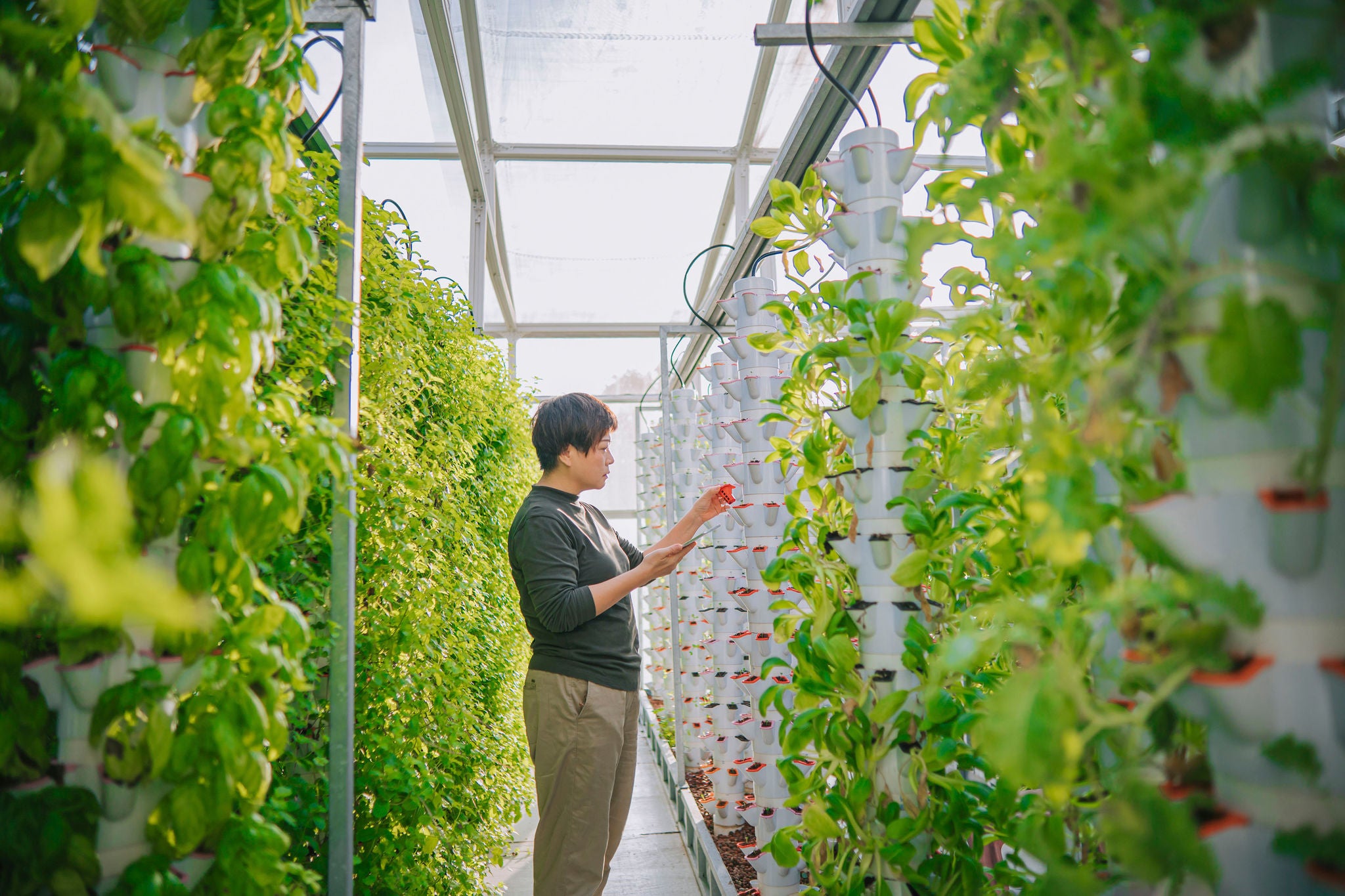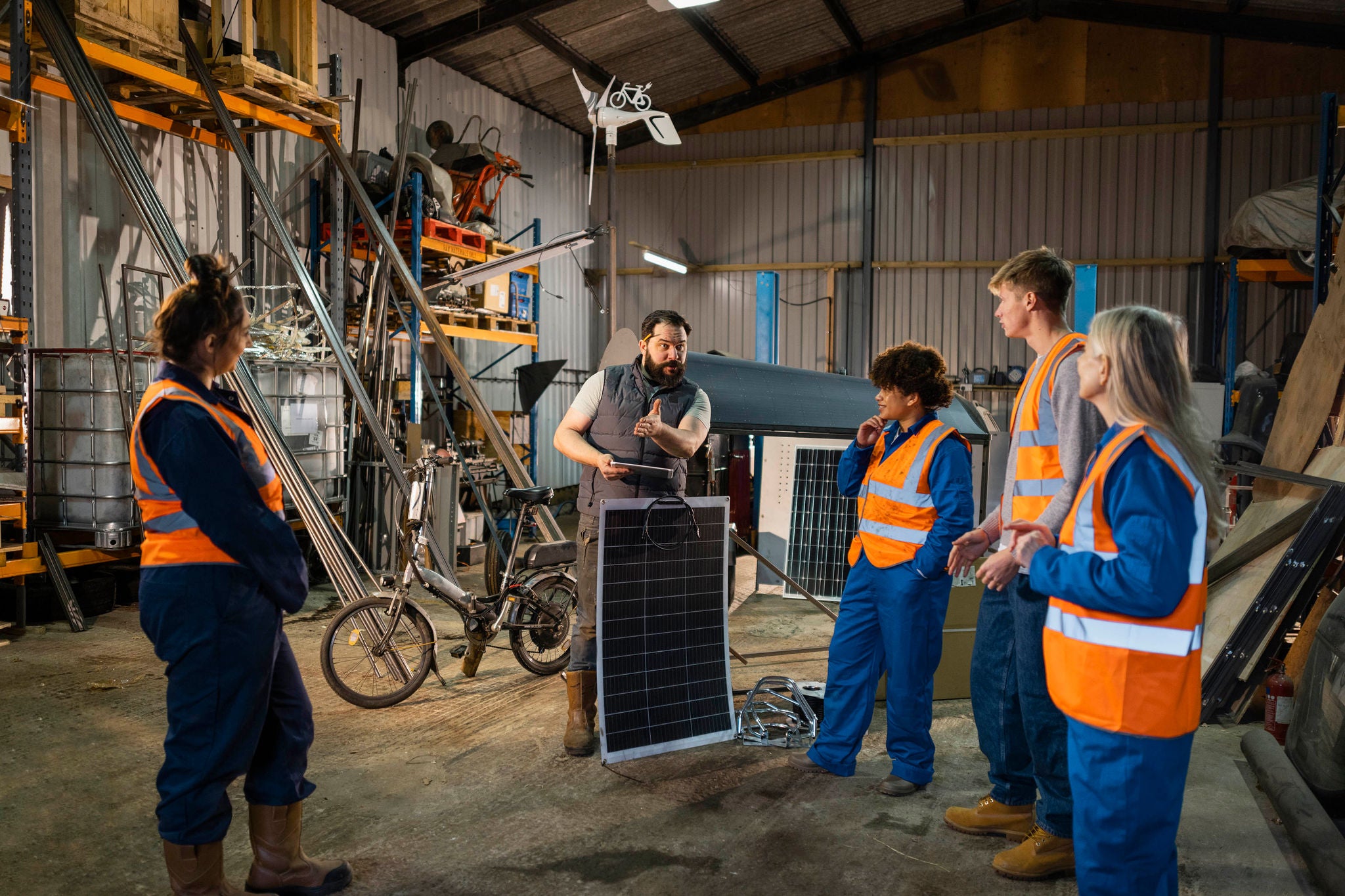EY refers to the global organization, and may refer to one or more, of the member firms of Ernst & Young Global Limited, each of which is a separate legal entity. Ernst & Young Global Limited, a UK company limited by guarantee, does not provide services to clients.
How EY can help
We predict the first long-term decoupling of GDP from energy consumption — a landmark achievement. Both LCE and LCE+ scenarios will result in a persistent increase of global GDP per capita by 4.7% and 5.2%, respectively, versus the baseline scenario. While global GDP is growing, the trend in total energy consumption from 2040 to 2050 will decrease, thanks to intense policy action in Western countries (the EU27, the UK and the US in particular). This trend is counterbalanced in the 2040 to 2050 decade by growing energy demand in emerging economies.
Total final energy consumption and CO2 emission trends highlight a second long-term decoupling: in the LCE and LCE+ scenarios, the CO2 emission trend in the baseline scenario is reversed. CO2 emissions fall, even after the rebound of energy consumption in the 2040 to 2050 decade because the strong penetration of renewable energy solutions allows higher energy consumption without the CO2 emissions associated with fossil fuels.
In fact, according to the modeling, total energy consumption will rise globally by 23% in 2050 vs. 2020 levels. This growth is led by a rising population and standards of living in emerging economies, especially in India, but is not projected to result in a global increase in CO2 emissions due to technological advances in sustainable energy generation.










